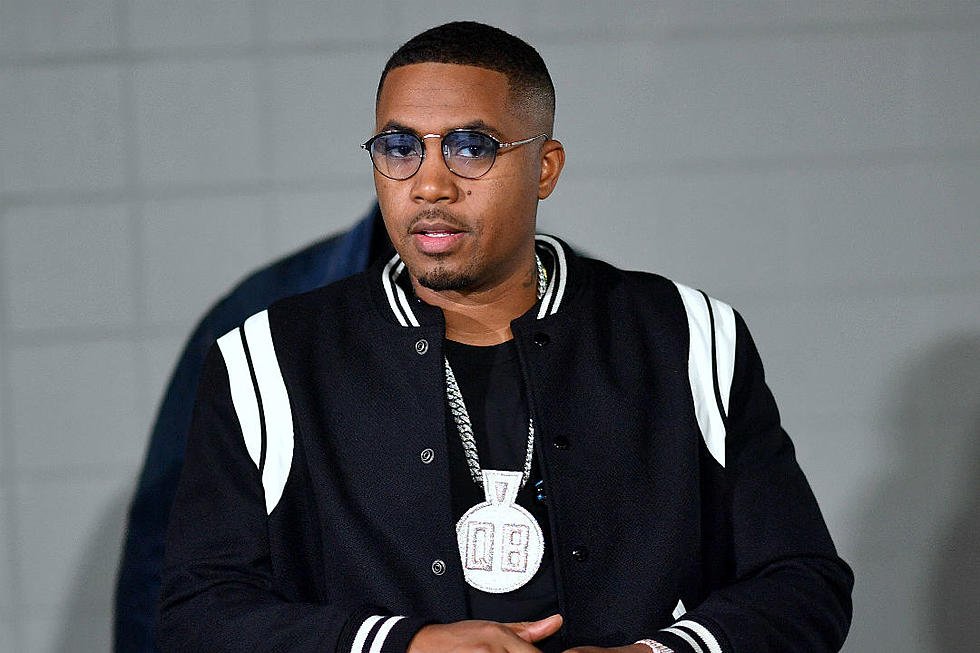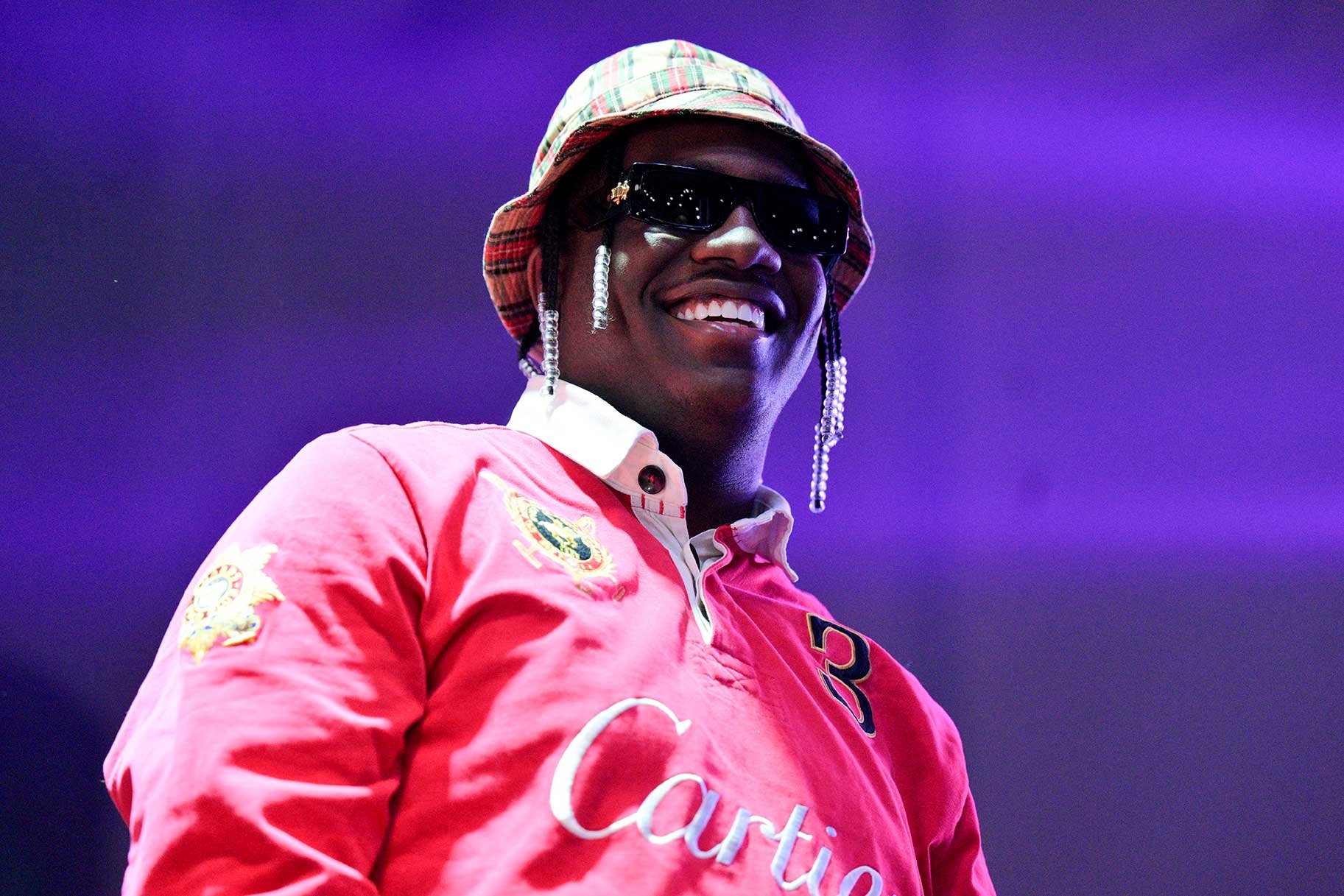Rappers can win Hip-Hop by avoiding competition
When you think about hip-hop, you think about rap. When you think about rap, you think about bars. When you think about bars, you often do so in juxtaposition to another rappers’ expression of them. This is the cycle of thought that fueled the debate about who the “greatest rapper alive” is that was so prominent from the late 1980s to the early 2010s. That being said, modern rappers such as Lil Yachty and even pioneers like De La Soul have shown time and time again why the greatest way to win in hip-hop is to let everybody succeed.
Hip-hop feuds often arise from personal disputes between artists, but it often diverts into a battle of style and lyrical execution. Take Jay-Z and Nas’ infamously intertwined history for example, aside from the various aspects of their private relationship that may have incited the rivalry, the beef ultimately boiled down to who the “King of New York” was in terms of hip-hop. Nas burst onto the scene in 1994 with arguably the best rap album of all time: Illmatic. Nas was able to carve himself a spot in the hip-hop canon of the early 90s as a distraction to the violence and stigma that surrounded the East and West-coast war that was spearheaded by the counterparts of The Notorious B.I.G. and 2Pac. Both of whom were highly regarded as two of the most talented rappers of their time, and eventually of all time, but the intense drama that revolved around legendary tracks like B.I.G’s “Warning” and 2Pac’s “Hit ‘Em Up” were treated more so as pieces of narrative lore than as high-quality music. Nas’ Illmatic released months earlier than Biggie’s classic Ready To Die, but while Biggie was allotting time on his tracklist to discuss his grievances with those on the other side of the country, Nas took his time painting an articulate picture of the hardknock reality of impoverished America. Songs like “The World Is Yours” and “Memory Lane (Sittin’ in da Park)” are awe-inspiring for their astute descriptions of hopefulness and positive reminiscence in the midst of such a downtrodden environment. Nas saves his braggadocio for the final track, “It Ain’t Hard to Tell”, where instead of putting down others to bolster himself, the Queens rapper simply states his case for why he’s the best scribe; “Cause in my physical, I can express through song/Delete stress like Motrin, then extend strong.”
If Nas was a stark contrast to the grueling nature of hip-hop’s persistent antagonism in the 90s, De La Soul was the antithesis of it. It’s fitting that the Long Island trio’s discography returned to mass accessibility through streaming after decades of it being out of reach because of not only what they represented for rap as a genre, but for society as a whole. For rap, De La Soul separated themselves from hip-hop’s era of transition from an infant musical genre to a profitable one that incited competition between its actors. This included “The Bridge Wars”, where the metaphorical chairmen of the Bronx and Queens debated through song where the genre truly came to fruition; this resulted in classic diss tracks like KRS-One’s “The Bridge Is Over.” While this was happening in the late 1980s, De La Soul concurrently dropped their debut album in 1989 called 3 Feet High and Rising. It was incredibly innovative with its use of samples that referenced jazz and other styles not typically associated with hip-hop at the time, but it also embodied where rap music should truly come from: de la soul, or of the soul. Tracks like “Eye Know” are sensual and sweet, while “Me Myself and I” and “The Magic Number” are unadulterated fun. There was no need to hinge their career through comparative measures when all that was desired was approval from their fans and themselves.
Rappers like Lil Wayne and Eminem carried the label of being the best rapper alive forward through their respective efforts, but the debate was again reignited through beef. It was another New York civil war between 50 Cent and Ja Rule. This was less of a fight then the aforementioned scuffles, as 50 Cent repeatedly dismantled Ja Rule’s credibility by going for the jugular on tracks like “Many Men (Wish Death)” and “Back Down.” 50 came out on top, but after thriving early in his career off the momentum of this one-sided affair, his career faltered and officially initiated its downward spiral in yet another dispute over who the best rapper alive was. While the 2007 competition between Kanye West and 50 Cent for whose album would sell more in its first week when they dropped on the same day was more friendly than malicious, it was a turning point for hip-hop as a whole. 50 had built his public image off of being an intimidating musical foe, while Kanye was acclaimed for his idiosyncratic sound and subject matter. The day came and Kanye outsold 50 by almost 300,000 units, effectively marking the end of beef being a sustainable method of building a career in the genre.
Squabbles still appeared from time to time, but often leave much to be desired. In the cases of quarrels between Drake and Meek Mill, Pusha T and Drake, as well as Kendrick Lamar’s blunt proclamation of being the best on Big Sean’s unreleased “Control”, the challenges were often not equal in reciprocation. Responses did occur out of retribution to whoever the instigator may have been, but they were either disregarded as futile or immediately established as victorious. This was arguably a healthy era for hip-hop, where the stigma of mass media denouncing the genre as inherently violent and negatively influential was broadly seen as false. Still though, there were members of the old school who insisted upon subjecting the new school to the competitive standards of the past.
Lil Yachty has stayed relevant ever since gaining notoriety in 2016. (Photo courtesy of NBC)
The mid-2010s saw the rise of “SoundCloud rappers”, those who often gained notoriety independently through platforms like SoundCloud and YouTube, rather than seeking larger record deals. Some of the era’s most prominent figures were Lil Pump, XXXTentacion, Lil Uzi Vert and Lil Yachty. Yachty was debatably the most popular at the time where these kinds of musicians were starting to gain legitimacy through industry recognition from hip-hop stalwarts like XXL. HOT 97’s radio station was also a prominent method of acquiring spotlight in the hip-hop mainstream, but simultaneously showed the lapses in the different generational understandings of hip-hop. Yachty stopped by HOT 97’s Ebro in the Morning in 2016, but it was much to his dismay once Ebro challenged the young artist to freestyle to prove himself as a certified rapper. Ebro, stuck in his old ways, basically guilts and peer-pressures Yachty into freestyling over 90s hip-hop instrumentals, even though Yachty’s claim to fame relied more on his melodic talents than lyrical expression. Yachty seems visibility uncomfortable as he spontaneously racks his brain for lyrics to spit, but as his sustained success in the genre has shown, he should not have to dance to the beat of someone else’s drums.
None of this is to say a little competition isn’t exciting or can’t be good for the genre, as it can be for other markets like sports, but it should not be the end-all be-all when evaluating the quality of someone’s music. Unlike most other elements of human life, music can truly exist in a vacuum, but the thrilling part of the medium is that when people recognize incomparable talents, that tunnel-vision disappears.


